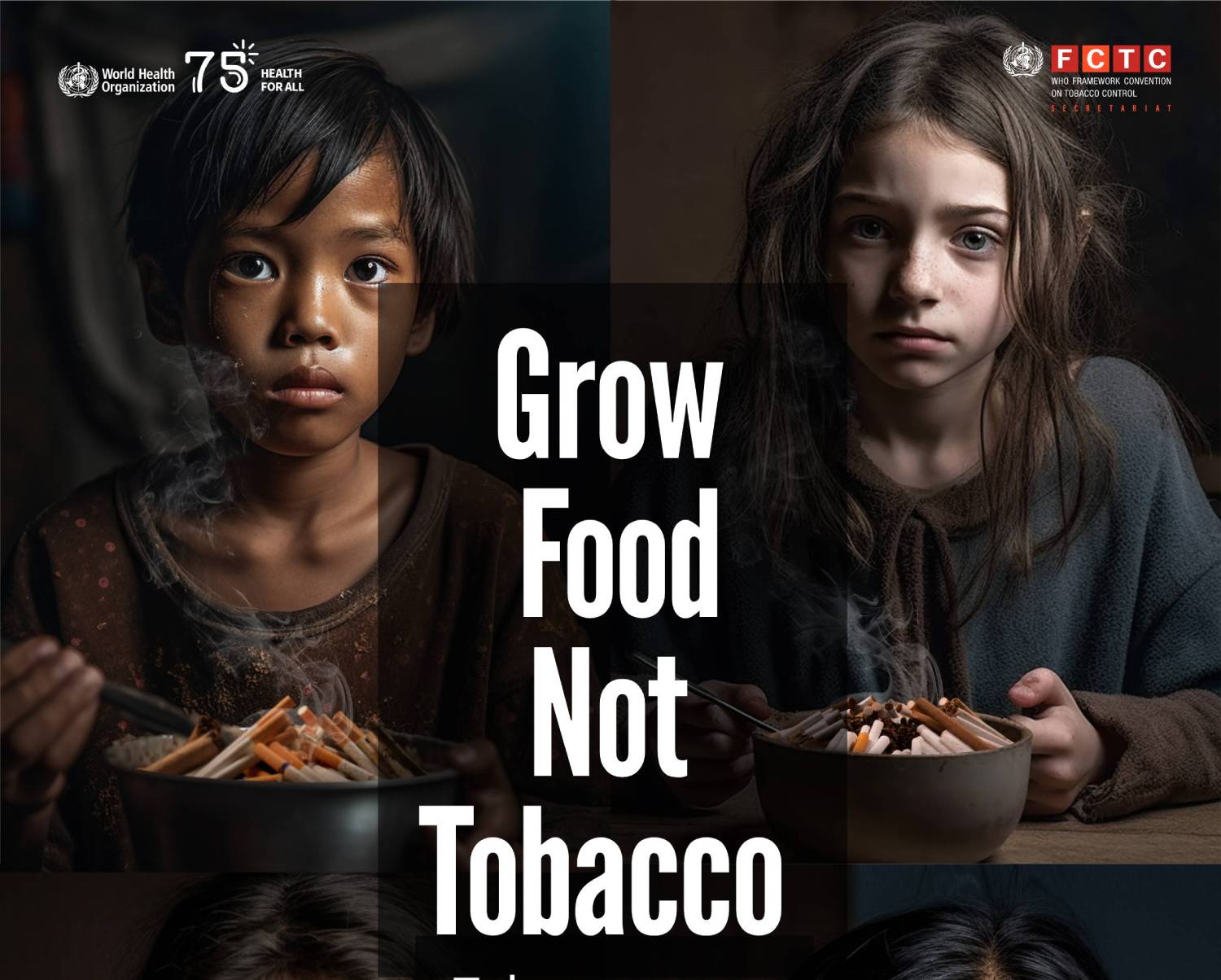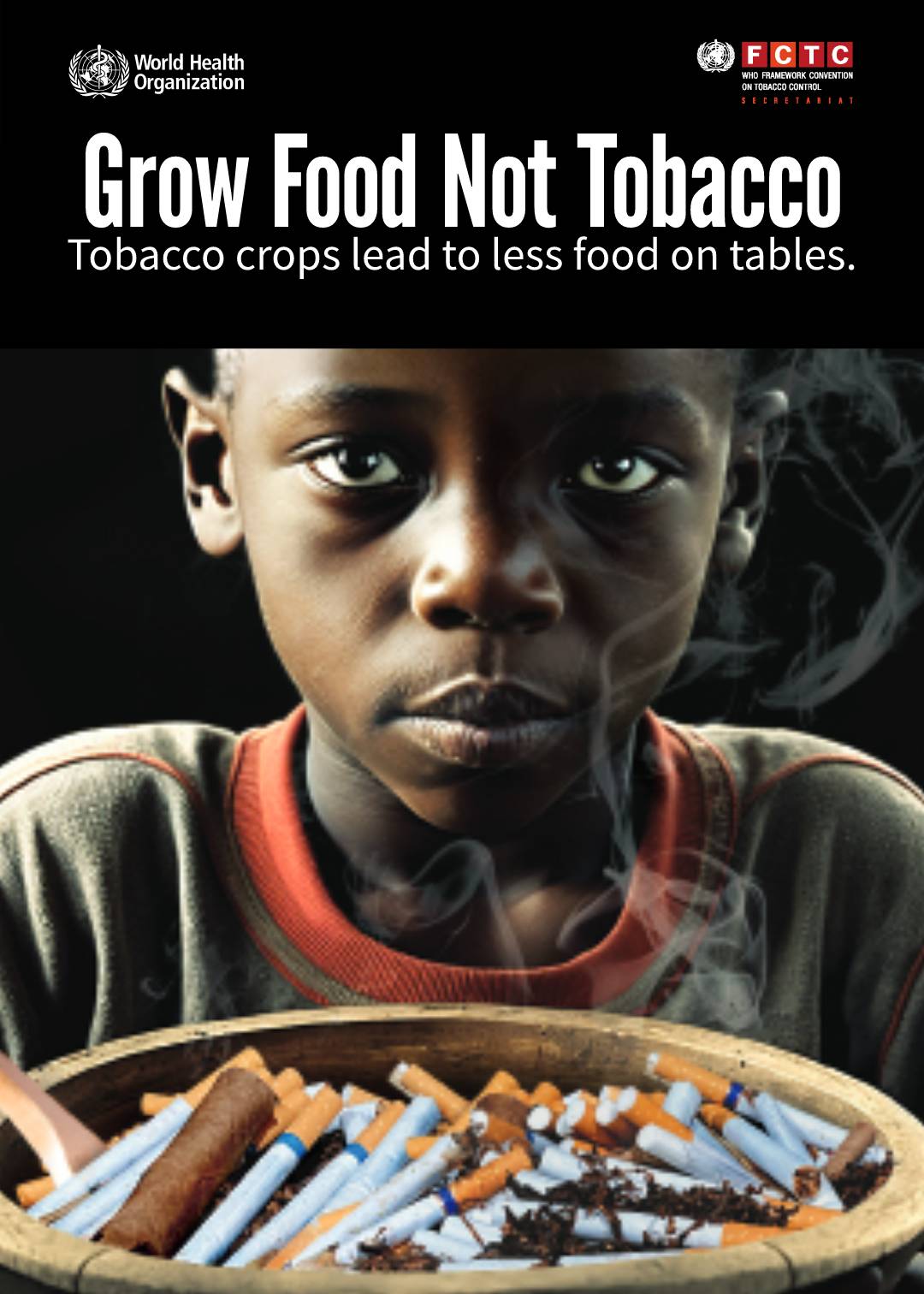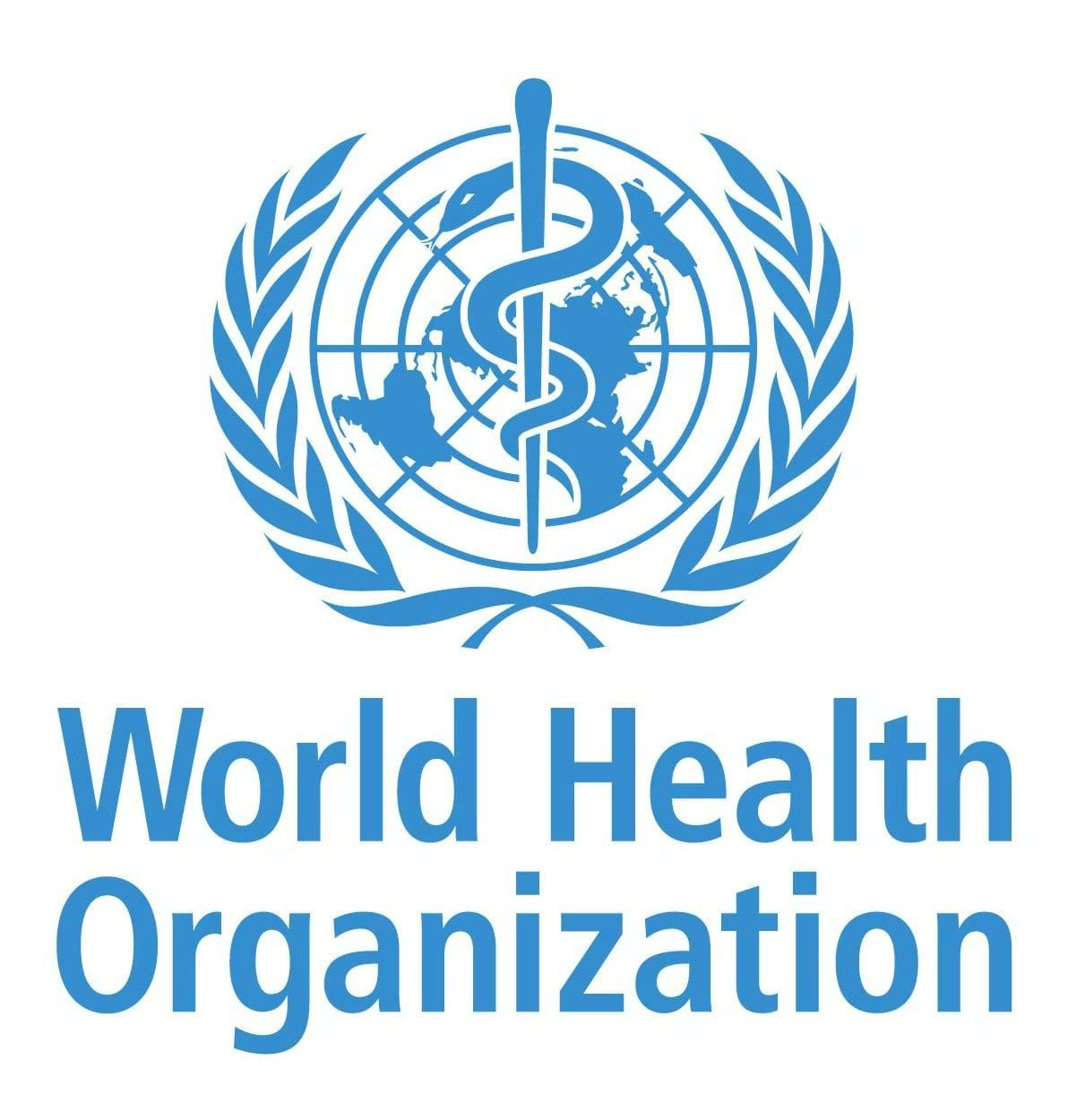The Secretariat of the WHO Framework Convention on Tobacco Control (WHO FCTC) is joining public health champions around the world on World No Tobacco Day 2023 to advocate for an end to the waste of productive land for tobacco farming and its replacement with sustainable crops.
Best estimates suggest that about 4 million hectares (10 million acres) globally are devoted to tobacco – a crop that poisons farmers, their families and consumers alike. That is more than the land area of Rwanda. The World No Tobacco Day 2023 campaign will encourage governments to terminate tobacco-growing subsidies and use the savings to support farmers in switching to more sustainable crops that improve food security and nutrition.
The campaign aims to aid at least 10 000 farmers in moving away from tobacco production and towards environmentally positive alternatives.
These aims are entrenched within WHO FCTC Article 17 — relating to economically viable alternatives to tobacco growing — and Article 18, which addresses the protection of the environment and the health of those impacted by tobacco cultivation.
The WHO FCTC Article 17 and 18 Knowledge Hub in Brazil provides the Convention’s 182 Parties with assistance and technical support on best practices in implementing these articles. The Knowledge Hub facilitates the exchange of information and cooperation among Parties in these key areas, providing assistance to Parties for treaty implementation.
World No Tobacco Day 2023 will also support efforts to combat desertification and environmental degradation by working to reduce tobacco farming, and it will expose tobacco industry activity obstructing sustainable livelihoods. The industry has fought hard to block and subvert the WHO FCTC by interfering in the implementation of life-saving measures that would harm industry profits.
Tobacco is often called a cash crop, but whatever money it generates does not find its way to farmers. Tobacco manufacturers provide seeds and other materials to farmers and then deduct those costs from their final payments, unfairly exploiting the farmers’ weaker negotiating position. Those who work small, family farms in low- and middle-income countries, in which large tracts of tobacco-growing land are found, are generally poor. And their poverty is exacerbated by the very crop they grow, which creates many additional burdens, including tobacco-related illnesses like green tobacco sickness, which is caused by contact with raw tobacco leaves.
Evidence-based research is being used to assist small-scale farmers on the ground in places like Kenya, where tobacco growing has ravaged the local ecology. Producers and local producer groups are working, for example, in the WHO-led Tobacco-Free Farms project to convert land to healthier, more sustainable uses. Many of those involved now grow high-iron beans. These crops help provide a decent living for farmers, while restoring farmland damaged by tobacco growing.
While the amount of land devoted to tobacco cultivation fell by 16% worldwide in the 18 years following the WHO FCTC’s introduction in 2005, it has greatly increased in Africa. Several countries in Africa are major tobacco producers.
The Secretariat of the WHO FCTC is launching a toolkit to assist Parties in the very important work of implementing Article 17 of the Convention.


.jpg?Status=Master&sfvrsn=b322ec70_31)